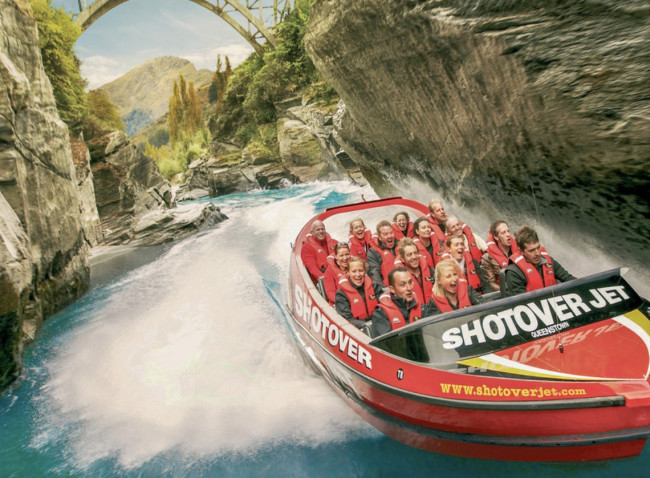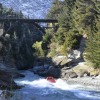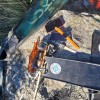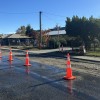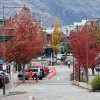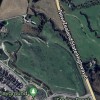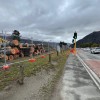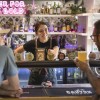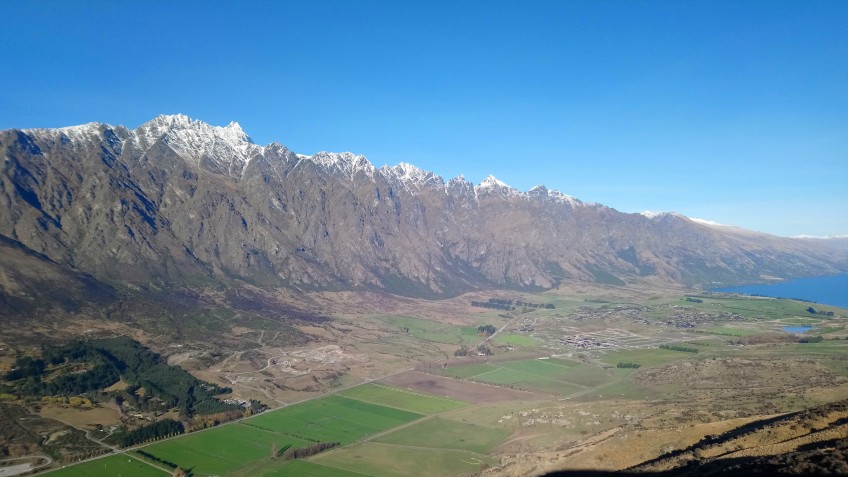
Remarkable Jardine family gift protects massive tract of land - forever
As far as gifts go, a huge chunk of land at the foot of the Remarkables mountain range is a pretty good one.
And that's exactly what local farming family the Jardines have done - passing ownership of swathes of their 900-hectare working farm along what's more recently been dubbed Queenstown's "southern corridor" to the QEII National Trust.
Their arrangement, put simply, protects the land forever.
In a neighbourhood changing as quickly as that one is, with thousands of fresh homes on the horizon, that's a special thing.
Nita Smith is the Whakatipu relationship manager for the QEII Trust and part of her job is overseeing the unique arrangement here in the Whakatipu Basin.
QEII generally works with private landowners to protect and enhance biodiversity and heritage through placing covenants on land.
Protected forever
Queenstown Lakes residents may already be familiar with the Mahu Whenua land up and over the mountains behind Arrowtown, where covenants across four high country stations - Coronet Peak, Glencoe, Mount Soho and Motatapu - protect 53,000 hectares of iconic New Zealand high country.
But when it comes to Remarkables Station, QEII itself is the new landowner, thanks to the gift of Dick and Jillian Jardine, whose family had worked the land for 100 years.
"There are just over 5,000 covenants over the entire country and we (QEII) only own a handful (of the properties with the covenants on them), and this is the only working farm we own," Ms Smith says.
"Having been the new custodians for just over a year, we felt it was time to say 'hi' to the neighbours."
Last night Ms Smith helped host a gathering, 'Howdy Neighbour', to share plans for the property with the wider community.
Some 120 people took QEII up on their invite.

Approximately 120 people turned up last night to meet the new neighbour - the QEII National Trust who is now in charge at Remarkables Station.
Ms Smith says her team has been working on a 50-year strategic plan and are keen to "bring the community on board", both to show them the opportunities ahead and recruit them as advocates for QEII's, and the Jardines', vision.
"At the moment, we're at 'Ground Zero'. What were the people thinking who set aside Hagley Park or Cornwall Park in Auckland? You know, you can see the value of having that farm park in downtown central Auckland. There's Central Park in New York. Who knows what it (Remarkables Station) will look like in 100 years but it will be protected in perpetuity, and it will remain an open space, and ecological values will be protected."
As urban development continues its march up the corridor adjacent to State Highway Six in the shadow of the Remarkables, QEII's involvement limits options for this block of rural land at least, and subdivision is off the cards.
But, unlike council or Department of Conservation land, public access is not a given, and it is owned by a charitable trust, so there's some financial constraints.
The farming operation is run by lessee Matt Little, whose tenure reaches back before QEII ownership of the property, and who lives onsite with his family.
He has deer, beef and sheep on the farm.
"At the moment the farm operation is very important to its (the property's) financial sustainability," Ms Smith says.
"For the most part there isn't just public assess anywhere you wish, but we are working towards a goal of enabling some public assess into areas that can work alongside the farm safely and successfully."
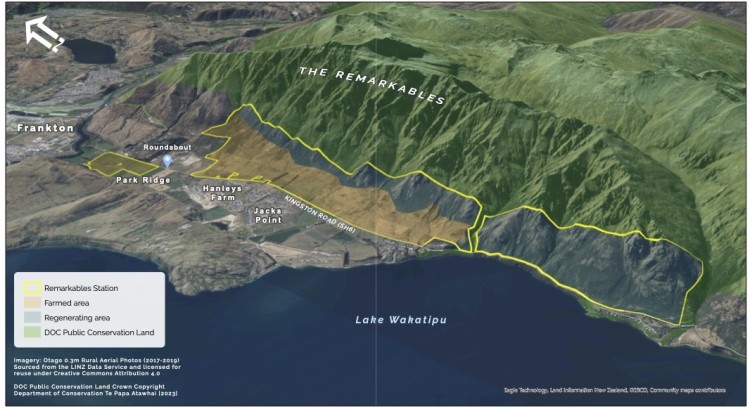
The protected property will not be subdivided as development creeps along Queenstown's southern corridor (Image: QEII).
A portion of the farm has already been retired and is regenerating back into native forest. Some of it has been registered into the Emissions Trading Scheme, a new income stream to help with the conservation work on the property.
'It's why we live here'
Guillaume Charton is one of the founding members of the Remarkables Trails Trust, a newly formed group with a vision to work with QEII to open up walking trails on parts of the station.
Mr Charton says the protected property provides an "amazing opportunity" for improved access to a special place, so close to the Queenstown population base.
"It is a magnificent piece of maunga, of mountain, and that is why we live here - because of the Remarks."
He stresses the trust is still in its "infancy" and is not keen to rush things - the trust is ready to play the long game to work with QEII and the community in a way that gains trust and earns respect that will in turn further open access to the property.
The trust's vision includes shorter walks to begin with - an hour or two long - but sees potential for a spectacular day walk moving forward.
"It's a massive undertaking and we know that things will be quite slow. It's about leaving a legacy behind," Mr Charton says.
Paul Kavanagh is big on legacy too.
He heads the Southern Lakes Sanctuary, which supports the work of 90 community conservation groups across the region, including the Whakatipu Wildlife Trust.
Geeking out on predator traps
His team has already been working with QEII at Remarkables Station providing a helping hand for biodiversity, and he reckons it is a good fit.
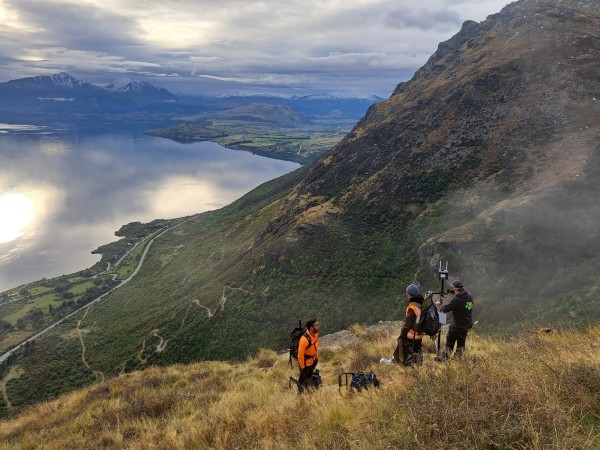
The Southern Lakes Sanctuary team uses tech solutions to increase the reach of their conservation work (Image: Southern Lakes Sanctuary).
"We always try to say that conservation can be a gift from our generation to future generations, and what's more important in that space than what the Jardines have done by gifting that land in perpetuity. It's such an incredibly generous gift to future generations and it's been great for us to be involved."
They have 50 predator traps on the property, and as he talks about them he starts to geek out.
"Some of them are quite cool, innovative new traps, like the AT220 which is a self resetting possum, rat trap."
It has been modified by a local company, FTP solutions, so that the Southern Lakes Sanctuary crew can monitor activity - battery and bait levels, and what's being caught, for example - in real time from the office.
"When you're using staff or even volunteer time you have to work efficiently, because we have so much mahi to do.
"The guys come into the office in the morning and they're met with a flurry of emails about what time a possum visited and was caught."
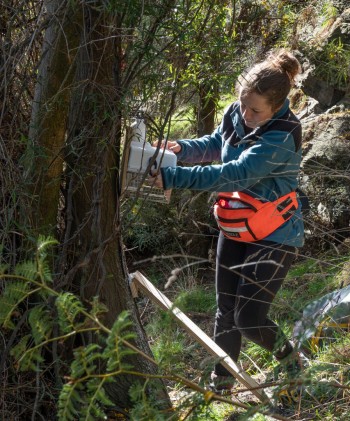
Setting traps for predators gives flora and fauna at Remarkables Station a fighting chance (Southern Lakes Sanctuary).
He says tech companies are increasingly getting involved in conservation, and that is a good thing.
"It just heightens our impact."
It is still early days in terms of calculating exactly what impact their trapping work is having on the station.
"It probably takes a couple of years for that to pay off...but we're seeing some really good regenerating plants. The more browsers and grazes you can remove, you've giving the plants a chance."
He says in that area of the "Remarks", there are some "really cool alpine plants further up", and biodiversity monitoring is revealing lizard populations, and keeping track of native bird numbers.
He is excited at the opportunity to get more volunteers connected to the land, and for the scale of the conservation work that can be achieved within the QEII framework.
"It's the power of the collective. We want every volunteer to see their part in a bigger picture, in a landscape conservation project.
"That's where we get the efficiencies and the impact, I guess, is all working together."
Main image (Supplied/QEII National Trust): Remarkables Station is now protected forever after a Queenstown farming family gifted it to the QEII National Trust. There's plans to open up pubic access alongside continuing the working farm.












